In our increasingly interconnected world, it’s hard to imagine that some places remain untouched by modern society, separated from the hustle and bustle of civilization. These places, often referred to as the world’s most remote places on earth, are scattered across the globe, where rugged landscapes, extreme climates, or sheer remoteness make them difficult to reach. Whether tucked away in desolate deserts, frozen wastelands, or distant islands, these locations offer a glimpse into a life far removed from modern comforts.
In this article, we’ll explore some of the most secluded destinations on Earth, revealing the unique charm, history, and beauty of these distant places. While some are home to small communities, others are completely uninhabited, leaving them as pristine as they were centuries ago. So, let’s take a journey to some of the world’s most remote places on earth and marvel at their quiet, untouched beauty.
11 Most Isolated Places on Earth
1. Tristan da Cunha – The Most Remote Inhabited Island
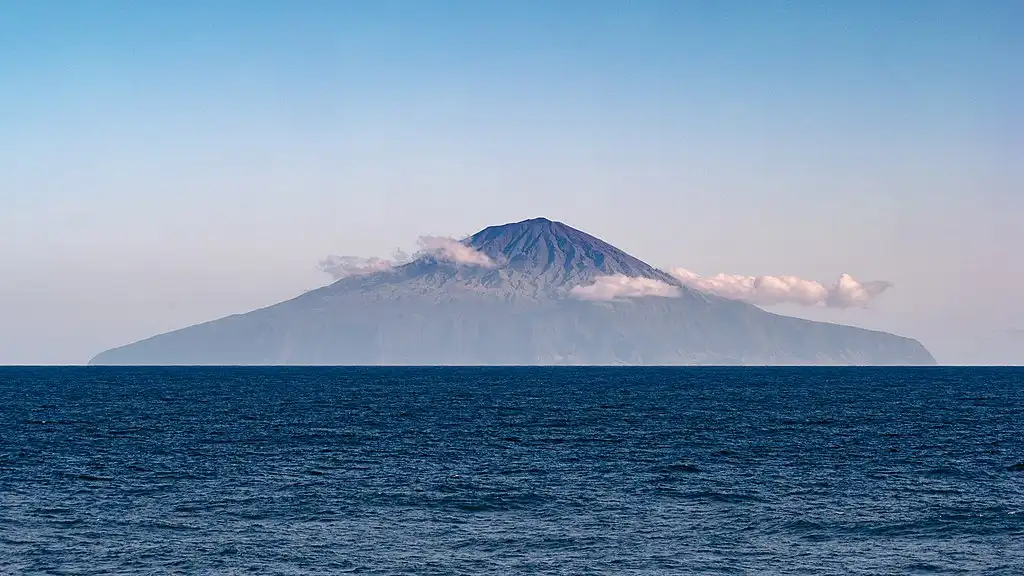
Located in the South Atlantic Ocean, Tristan da Cunha is often called the most remote inhabited island on Earth. Part of a volcanic island chain, it lies about 2,400 kilometers (1,500 miles) from the nearest inhabited land, Saint Helena, and approximately 2,800 kilometers (1,750 miles) from the coast of South Africa. Despite its isolation, around 250 people call Tristan da Cunha home.
Getting to Tristan da Cunha is no easy feat. There are no airports on the island, so the only way to reach it is by boat, a journey that can take several days depending on the weather. Supplies and visitors arrive via ships that travel to the island a few times each year, providing a lifeline to the outside world. Life on the island is simple, with fishing being the primary occupation. The island’s isolation has preserved a unique way of life, and residents enjoy a close-knit community where everyone knows each other.
In addition to its human inhabitants, Tristan da Cunha is home to a variety of wildlife, including rare bird species such as the Tristan albatross. The island’s rugged landscape, dominated by a volcanic peak, adds to its wild beauty, making it one of the world’s most remote places on earth.
2. Pitcairn Island – A Remote British Territory
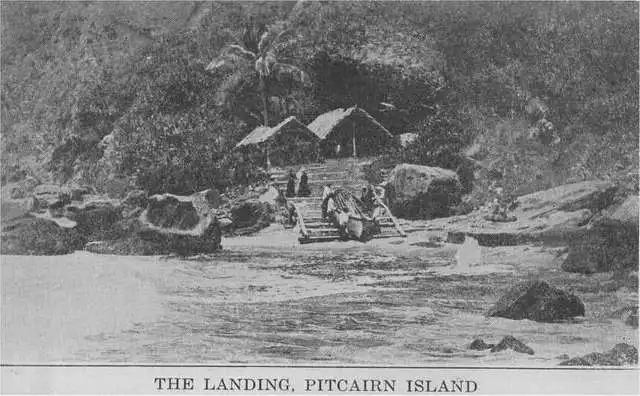
Pitcairn Island, located in the South Pacific Ocean, is another contender for the title of one of the world’s most remote places. This tiny island, with a population of less than 50 people, is part of a British Overseas Territory and is best known for being settled by the mutineers from the HMS Bounty in the late 18th century.
Reaching Pitcairn Island is a challenge. The nearest inhabited land is more than 500 kilometers (310 miles) away, and the island is accessible only by sea. There are no regular commercial flights to Pitcairn, and visitors must take a ship to reach it, which can take days of travel from New Zealand or French Polynesia.
Life on Pitcairn is peaceful but isolated. The residents, many of whom are descendants of the original mutineers, rely on subsistence farming and fishing to survive. Internet and satellite phone connections have made it easier for the islanders to stay in touch with the outside world, but Pitcairn remains one of the most remote inhabited places on Earth.
3. Alert, Nunavut, Canada – The Northernmost Settlement
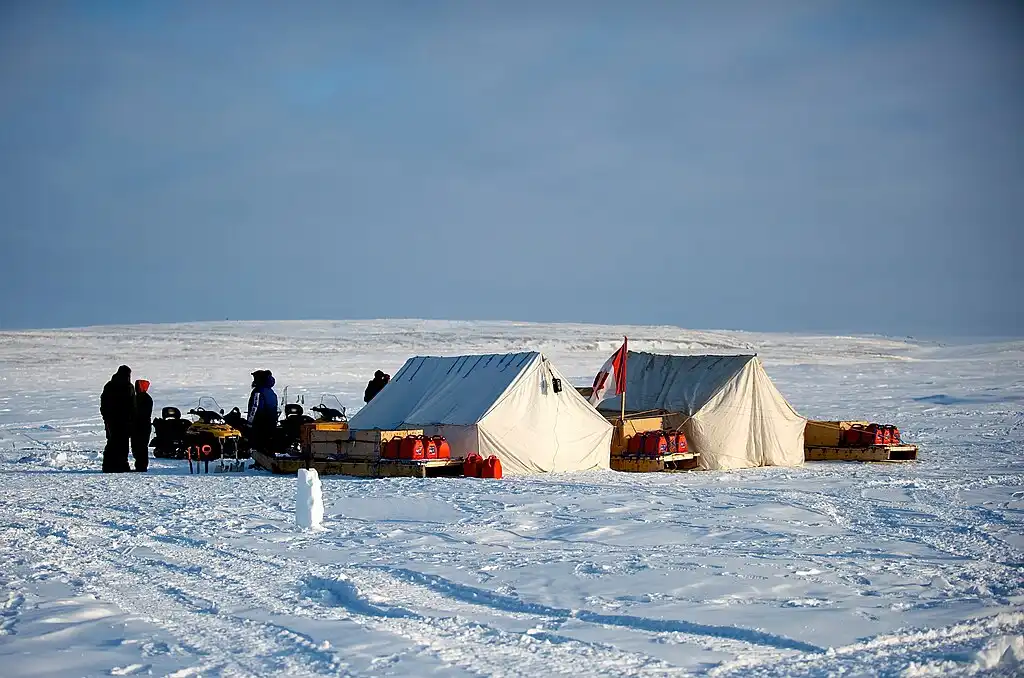
At the northern tip of Ellesmere Island in Canada’s Arctic Archipelago lies Alert, the northernmost permanently inhabited place on the planet. Located just 817 kilometers (508 miles) from the North Pole, Alert is a military and scientific outpost where extreme isolation and harsh weather are part of daily life. Temperatures in Alert can plummet to as low as -40°C (-40°F) during the winter, and the area is in darkness for much of the year.
With a population that fluctuates between 60 and 150 people, mostly military personnel and scientists, Alert is not a typical settlement. The community serves as a critical listening post for monitoring radio signals and for conducting climate research. Due to its remote location, Alert is only accessible by military aircraft or specialized polar expeditions.
Despite its isolation, Alert plays a vital role in global security and climate research. It is a place where nature reigns supreme, and its unforgiving environment has earned it a reputation as one of the world’s most remote places on earth.
4. Bouvet Island – The Most Remote Island on Earth
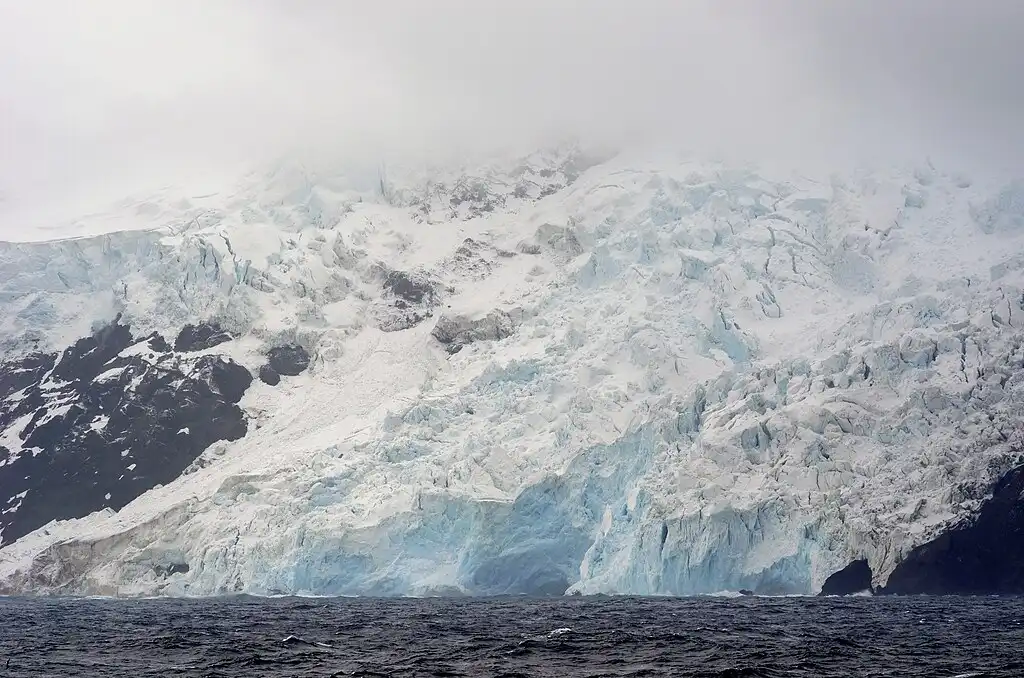
If isolation had a physical form, it would likely look like Bouvet Island. This small, uninhabited island in the South Atlantic Ocean is considered the most remote island on the planet. It is located about 1,700 kilometers (1,056 miles) north of Antarctica and more than 2,500 kilometers (1,550 miles) away from the nearest landmass, making it incredibly difficult to reach.
Bouvet Island is a desolate and icy place, with its landscape dominated by glaciers and cliffs. The island is a dependency of Norway, and it is primarily used for scientific research. Despite being uninhabited, Bouvet Island is occasionally visited by researchers, who brave the treacherous seas and harsh conditions to study the island’s unique ecosystem.
Because of its remoteness and harsh environment, Bouvet Island is a place where only the most intrepid explorers dare to venture, and it remains one of the world’s most remote places on earth.
5. Easter Island – The Land of the Moai
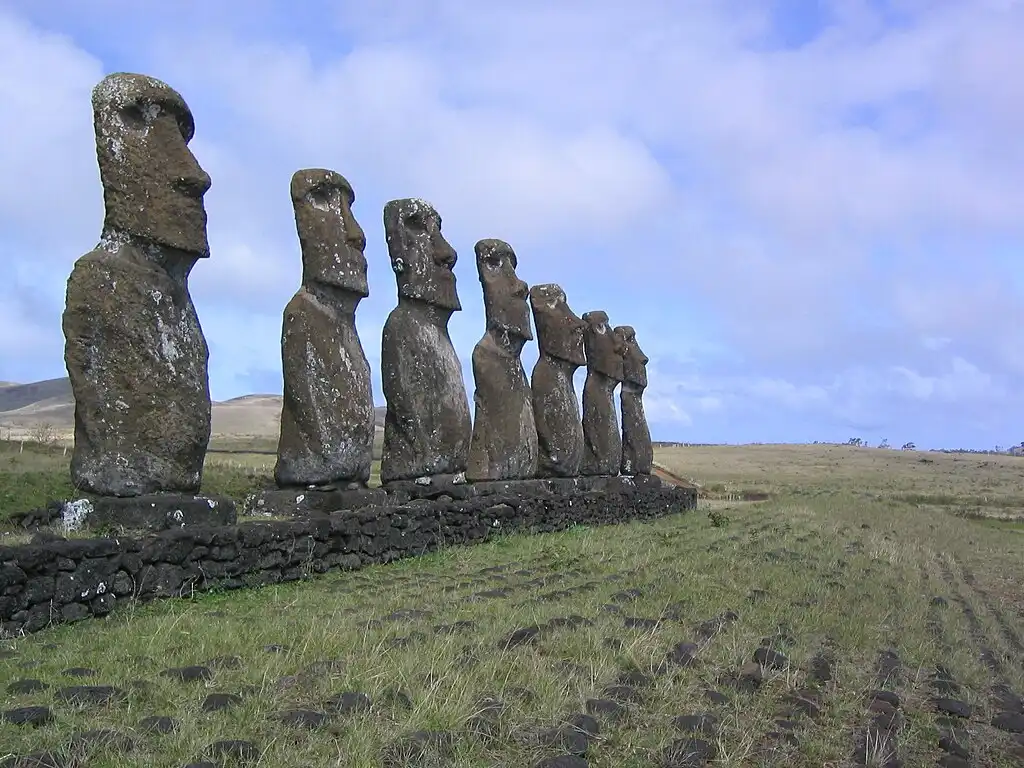
Easter Island, known locally as Rapa Nui, is famous for its mysterious stone statues called Moai, but it is also one of the most isolated places on Earth. Located in the southeastern Pacific Ocean, Easter Island is more than 3,500 kilometers (2,175 miles) away from the coast of Chile, the country to which it belongs. Its isolation has contributed to the development of a unique culture and history that continues to intrigue archaeologists and travelers alike.
Easter Island is home to around 7,000 people, most of whom live in the village of Hanga Roa. The island’s isolation makes it expensive to import goods, and much of the food consumed on the island is grown locally. The economy is largely driven by tourism, as visitors come from all over the world to see the iconic Moai statues.
Despite its small size and remote location, Easter Island has a rich cultural heritage that has endured for centuries. The island’s remoteness adds to its mystique, making it one of the world’s most remote places on earth.
6. Oymyakon, Russia – The Coldest Inhabited Place
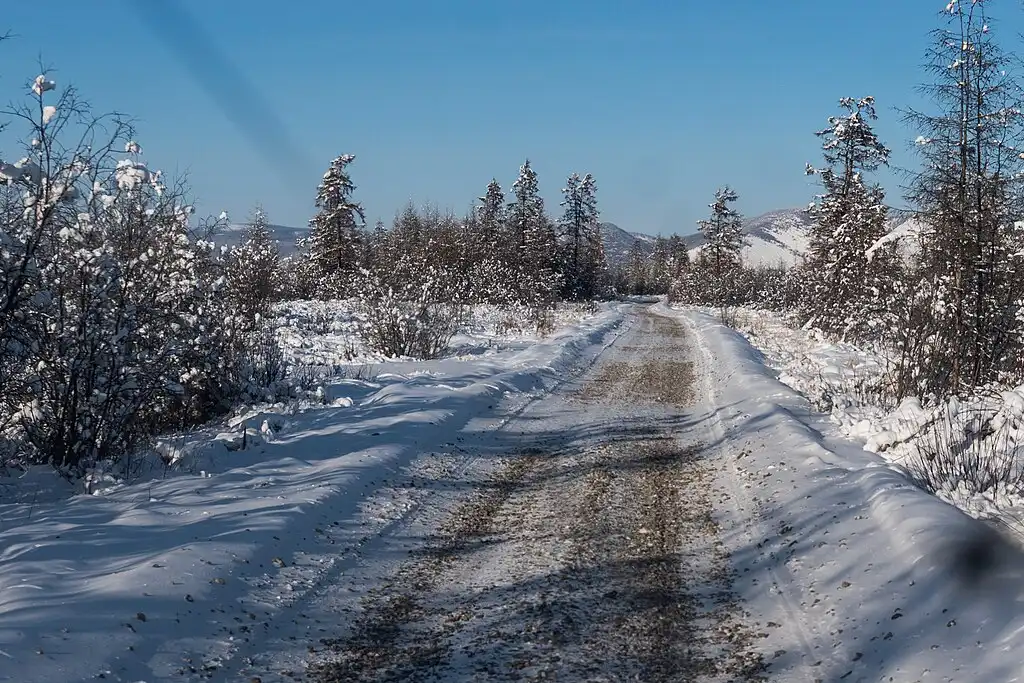
Deep in the heart of Siberia lies Oymyakon, a small village known for being the coldest inhabited place on Earth. During the winter, temperatures in Oymyakon can drop to a bone-chilling -50°C to -60°C (-58°F to -76°F), with the coldest recorded temperature reaching -67.7°C (-89.86°F) in 1933. This makes Oymyakon one of the world’s most remote places on earth not only in terms of geography but also in terms of climate.
The village, home to about 500 people, is located in the Sakha Republic of Russia, and it is a place where survival is a daily challenge. The extreme cold affects every aspect of life, from transportation to food storage. The ground is permanently frozen, making agriculture nearly impossible, so residents rely on livestock and hunting for food.
Despite the harsh conditions, the people of Oymyakon have adapted to life in one of the most extreme environments on Earth. Visitors brave enough to venture to this remote location are rewarded with breathtaking landscapes and a unique cultural experience.
7. The Kerguelen Islands – The Desolation Islands
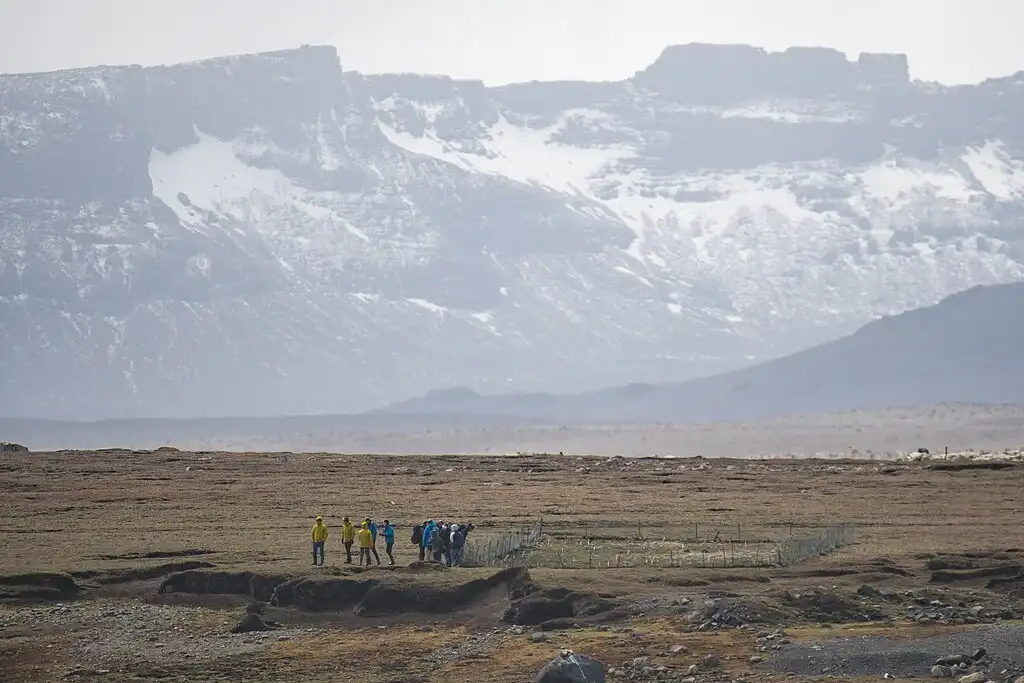
The Kerguelen Islands, also known as the Desolation Islands, live up to their name. Located in the southern Indian Ocean, more than 3,300 kilometers (2,051 miles) from Madagascar, these islands are among the most remote places on Earth. The archipelago is a French overseas territory, and while it is uninhabited by civilians, it is home to a small team of researchers and military personnel.
The rugged, windswept landscape of the Kerguelen Islands is inhospitable, with frequent storms and cold temperatures year-round. The islands are only accessible by ship, with the nearest port being in Réunion, more than 3,400 kilometers (2,113 miles) away. Due to their isolation, the Kerguelen Islands are one of the few places on Earth that remain relatively untouched by human activity.
The islands are a haven for wildlife, including penguins, seals, and seabirds. Their remoteness and desolation have earned them a place on the list of the world’s most remote places, making them a destination for those seeking solitude and adventure.
8. La Rinconada, Peru – The Highest City on Earth
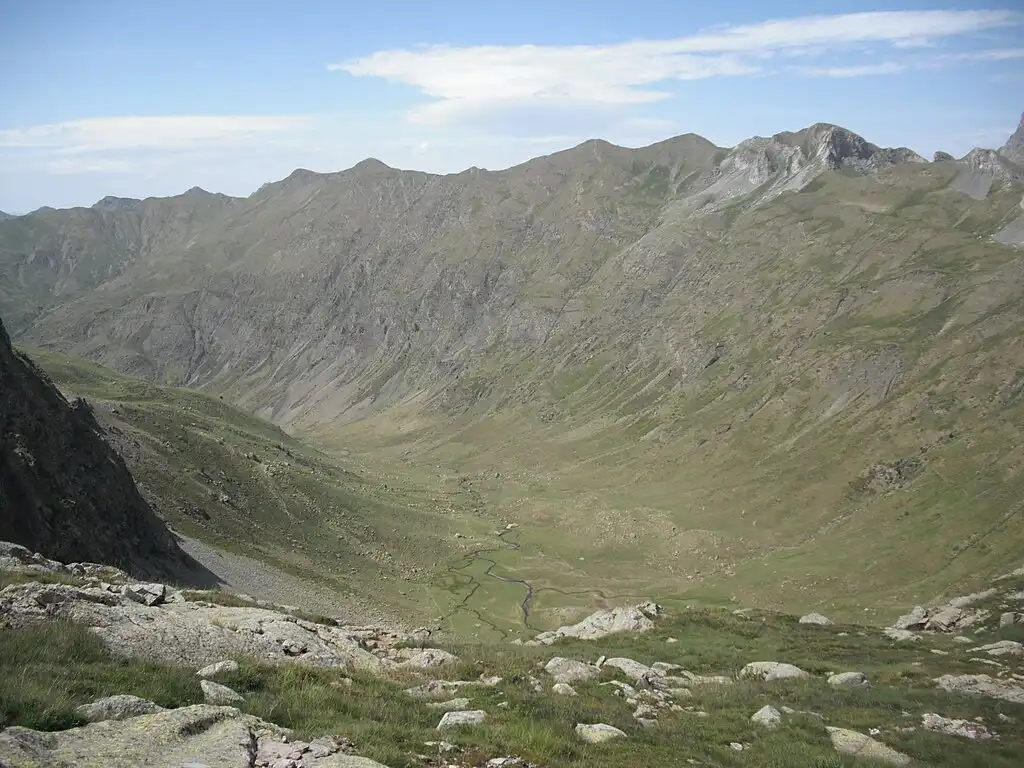
Perched at an altitude of 5,100 meters (16,732 feet) above sea level in the Peruvian Andes, La Rinconada is the highest city in the world. Its extreme altitude and isolated location make it one of the world’s most remote places, both geographically and socially. The city is a gold mining town, and its population has grown in recent years as people move there in search of work, despite the harsh living conditions.
Life in La Rinconada is difficult. The city lacks basic infrastructure, including running water and proper sanitation, and the extreme altitude makes it challenging for residents to breathe and adjust to the thin air. The economy is based almost entirely on
informal gold mining, and many of the workers live in poverty, with few opportunities for advancement.
Despite the hardships, La Rinconada continues to attract people looking for a better life, making it a unique example of human resilience in one of the world’s most remote places on earth.
9. Motu Nui, Easter Island’s Neighbor
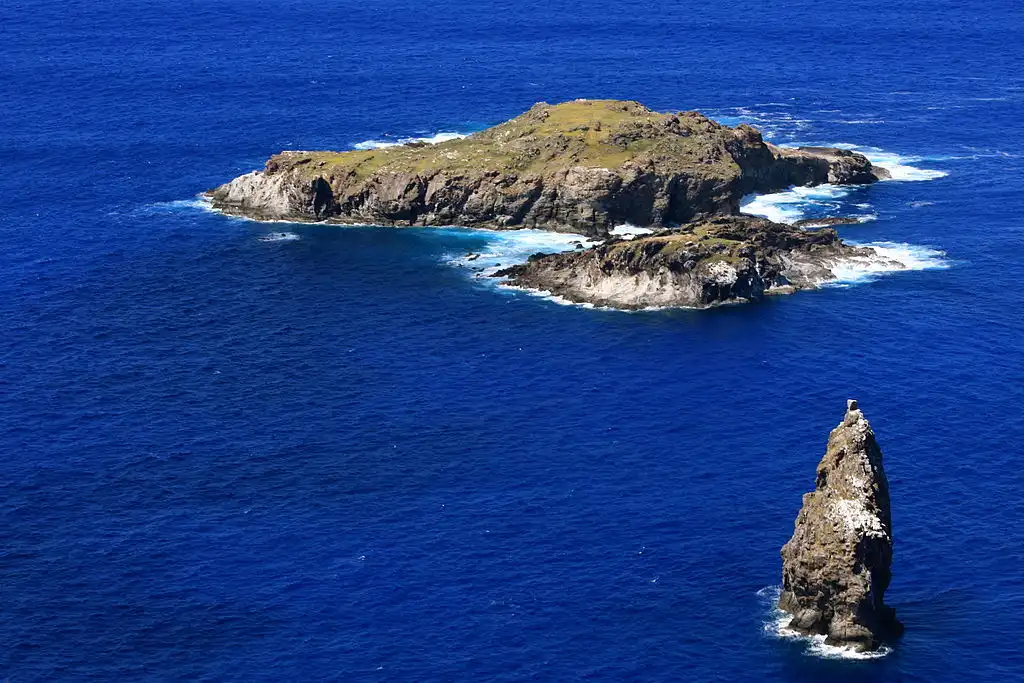
Motu Nui is a tiny island located just off the coast of Easter Island, but it is even more isolated than its famous neighbor. This rocky outcrop is the most isolated part of the already remote Easter Island and is significant in the history and culture of the Rapa Nui people. Motu Nui was the site of the traditional Tangata Manu (Birdman) competition, where competitors would swim to the island to collect the first egg of the season from the sooty tern, a bird species that nest there.
Motu Nui’s extreme isolation and rough terrain make it difficult to visit, and it is only accessible by boat. The island is uninhabited and has remained largely unchanged for centuries, serving as a reminder of the ancient traditions of the Rapa Nui people. Its remoteness and cultural significance make Motu Nui one of the world’s most remote places on earth.
10. McMurdo Station, Antarctica – A Frozen Outpost
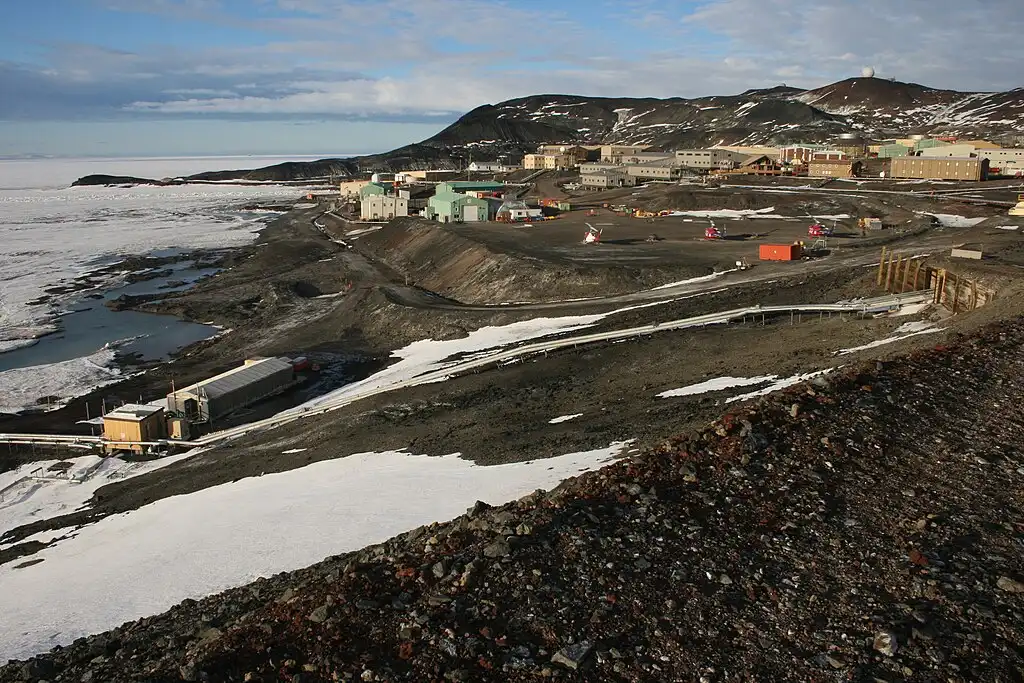
Antarctica is the most isolated continent on Earth, and McMurdo Station, located on the southern tip of Ross Island, is one of its few outposts. Operated by the United States, McMurdo Station is the largest research facility in Antarctica, with a population that fluctuates between 200 in the winter and 1,000 during the summer months.
McMurdo Station is a hub for scientific research, particularly in the fields of climate science, biology, and geology. However, its remote location makes it one of the world’s most remote places. The station is only accessible by ship or military aircraft, and during the harsh Antarctic winter, it is completely cut off from the outside world.
The extreme conditions in Antarctica, including temperatures that can drop to -50°C (-58°F) and months of darkness during the winter, make life at McMurdo Station a unique challenge. However, for the scientists and support staff who live there, it is a once-in-a-lifetime opportunity to work in one of the most remote and pristine environments on the planet.
11. Svalbard, Norway – The High Arctic Archipelago
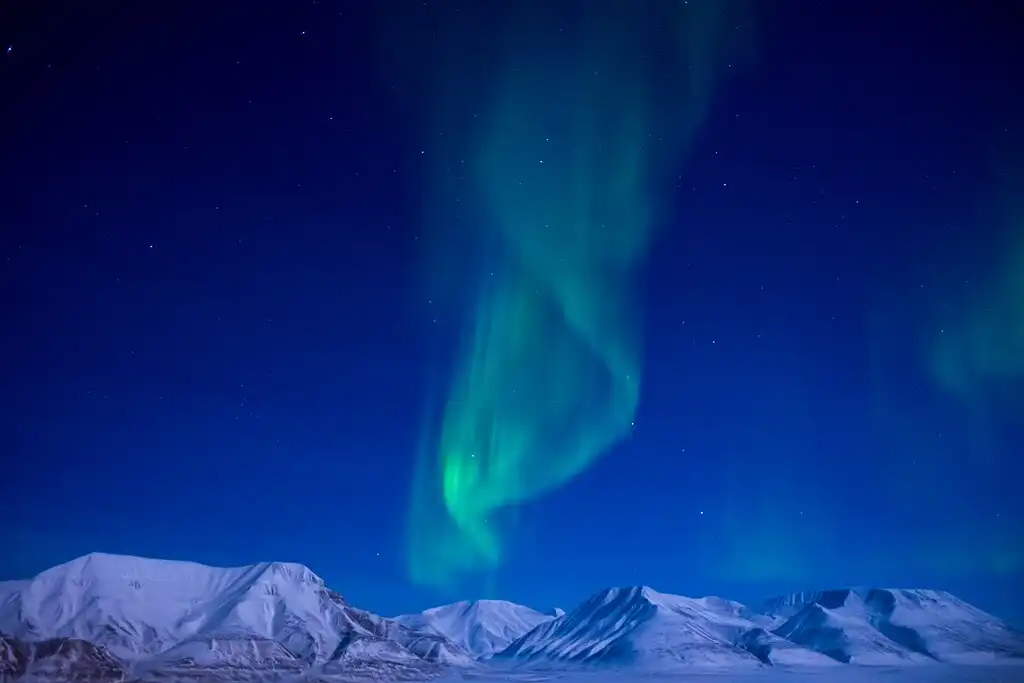
Svalbard, a remote Norwegian archipelago located between mainland Norway and the North Pole, is one of the northernmost inhabited places on Earth. The largest settlement, Longyearbyen, is home to around 2,000 people and serves as a base for scientific research and tourism in the Arctic. Svalbard’s extreme latitude means it experiences both the polar night, where the sun doesn’t rise for several months, and the midnight sun, where daylight lasts 24 hours.
Svalbard’s isolation and harsh climate make it one of the world’s most remote places, but its unique landscape of glaciers, mountains, and polar bears attracts adventurers and scientists alike. The archipelago is home to the Svalbard Global Seed Vault, a facility designed to preserve the world’s crop diversity in the event of a global catastrophe.
Despite its remote location, Svalbard is a place of great scientific and ecological importance, offering a glimpse into life in the High Arctic.
You may also like:
- 57 Incredible Ancient Extinct Animals That Once Roamed Our Planet
- 20 Weird Customs and Traditions Around the World
Conclusion
The world’s most remote places are a testament to the enduring resilience of nature and, in some cases, humanity. These remote locations, whether inhabited or uninhabited, represent a life far removed from the conveniences of modern society. From the frozen tundras of Antarctica to the tropical isolation of Tristan da Cunha, these places remind us that the Earth still holds vast expanses of untouched wilderness and unique cultures.
Visiting these places is a rare and often challenging experience, but for those who seek adventure and solitude, they offer an unparalleled opportunity to connect with nature and explore the unknown. While the world’s most remote places may be far from the reach of most travelers, they continue to capture the imagination and inspire a sense of wonder about the world’s most distant corners.



